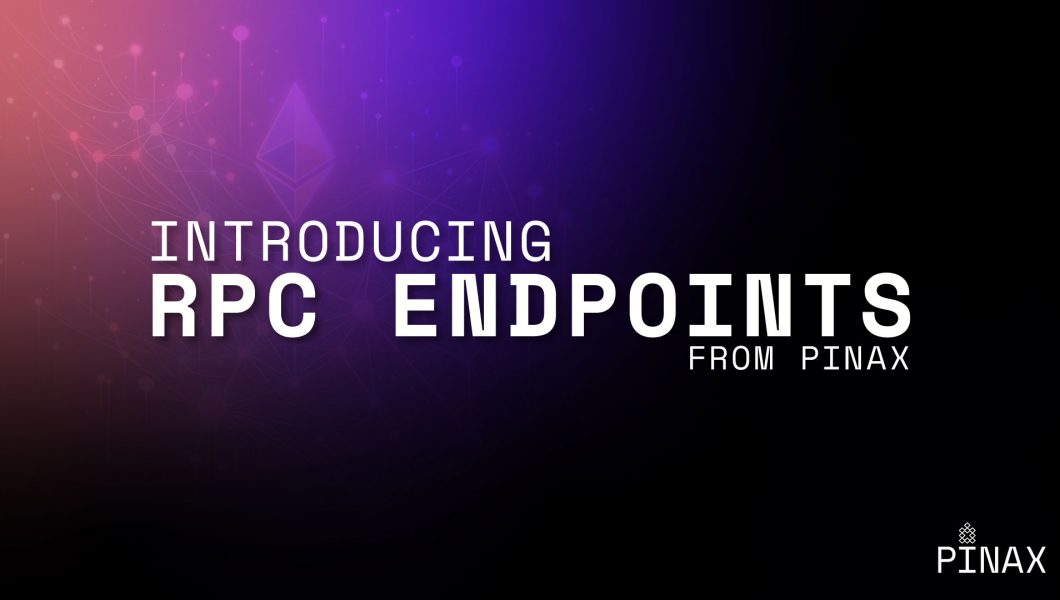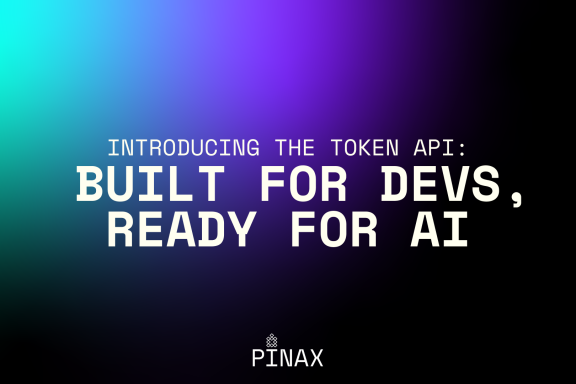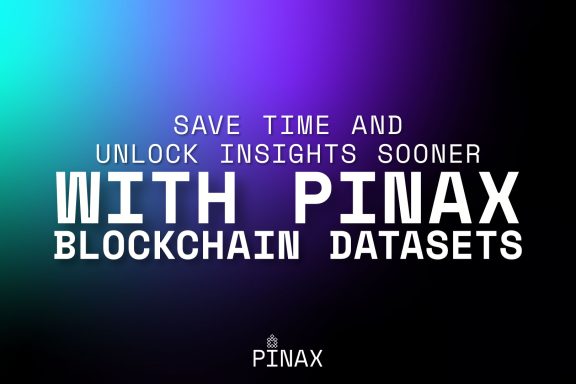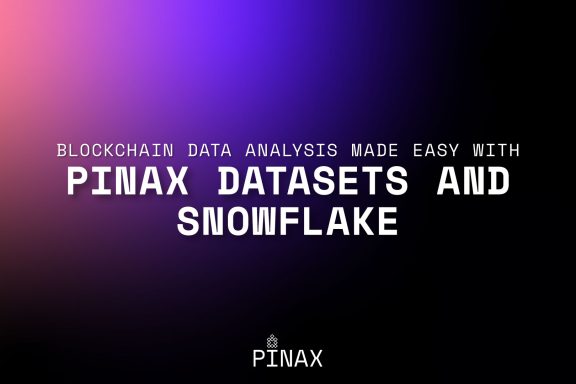Last Updated on June 7, 2024 by Andrew
Indexers can now harness the speed and power of Pinax RPC endpoints… and can start using them for free!
Pinax now offers RPC endpoints for BNB, Ethereum, Mode, and Polygon, with more coming soon! We’re offering unlimited access to our full RPC suite free for a limited time, showcasing our commitment to enabling creators with web3.
Try out our new high-performance RPC services now on the Pinax website.
The Pinax RPC suite includes full archive data for:
- Ethereum, including:
- Holesky (testnet)
- Sepolia (testnet)
- BNB, including:
- Chapel (testnet)
- Polygon, including:
- Mumbai (testnet)
- Mode (mainnet)
- Arbitrum Sepolia (testnet)
And more chains are coming soon!
About Pinax
Pinax has over five years of experience providing high-performance infrastructure for web3 technologies, running our own servers in high-bandwidth data centers across the world. We keep services affordable and available with our redundant bare metal infrastructure, saving on expensive cloud costs.
Pinax offers high availability and fast RPC endpoints, with a team of dedicated infrastructure specialists eagerly onboarding new chains while ensuring our services are up-to-date, stable, and available.
Why Pinax RPC?
RPC, or Remote Procedure Call, is a technology that allows an application to request a service from another network without needing to understand all the network’s details. Ethereum and EVM chains use RPC to find information on the blockchain.
Our RPC nodes have full archive data with complete historical depth, rather than the less complete “full node” data others offer. Full archive nodes enable RPC queries at any point in the blockchain history in addition to the current chain state.
RPC endpoints are a key pillar of the EVM ecosystem, essential for anyone who needs to access chain data, like indexers on The Graph. To function properly, web3 requires these services, and to compete with Web 2.0, it must be fast.
That’s why we devote our resources to offering the best services possible. Our infrastructure provides unmatched reliability, crucial for applications requiring real-time data. The ease of integration makes it a perfect fit for indexers, useful for subgraphs and so much more.
How to get started
Get started with our app at app.pinax.network. To use our RPC endpoints:
- Log in with GitHub.
- Create a new project. You can access the project’s API key from the app’s main page.
- Click on the project you just created. Here, you can see more information about your project and Pinax services.
- Click the RPC tab to view RPC endpoints.
- Here, you can select a mainnet or testnet. Click the copy button to copy the endpoint URL and add it to your code to use in your app or indexer. Remember, each protocol and network has a different endpoint.
It’s as easy as that!
For support, join our Community Discord! Our team is responsive and committed to helping you build your vision of the future.
Looking to the future
Pinax is committed to continuously expanding and updating our services to keep pace with the demands of web3. Stay tuned for future updates and expansions to further enhance your web3 experiences.
Pinax’s new RPC service is more than just a tool; it’s a gateway to fulfilling your web3 vision. We encourage you to explore this revolutionary service and join us in shaping the future of web3. Unlock the potential of blockchain with Pinax—where infrastructure meets innovation.
💡 This article answers questions like: - What are RPC nodes and what are they used for? - Why would an indexer use Pinax's RPC service? - How can indexers use Pinax's RPC service? - Where do indexers go if they need help with Pinax's RPC service?








Love the article